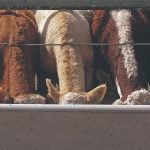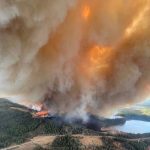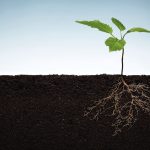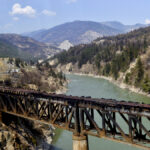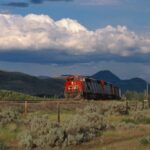Reuters — An extended period of hot, dry weather that risks worsening wildfires in Alberta began on Friday, with special weather alerts in place across Western Canada and officials urging people to be vigilant. More than 100 wildfires have ignited across Alberta since last week, forcing tens of thousands of people to evacuate homes, farms
